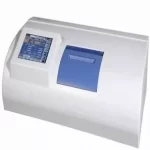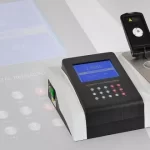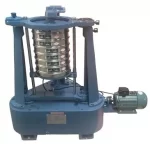Summary: Your personnel and lab environment could fall prey to accidental contamination. However, you can easily nip the problem in the bud with a biosafety cabinet.

Like it or not, but laboratory operations do expose you to different biohazards time and again. In fact, the very same biohazards, if not taken care of in a timely manner, could lead to some serious repercussions. Therefore, it is imperative that you get hold of a biosafety cabinet at the earliest and ensure that your facility isn’t unknowingly exposed to harmful and deadly outcomes. In fact, investing in a good BSC is a must, more so, if you care for your personnel. After all, it is your responsibility to safeguard them and keep the environment safe. Protection or the lack thereof could leave them susceptible to contamination. And that’s because viruses, bacteria, and toxics could be at play.
Anyway, if and when you do decide to invest in a biosafety cabinet, make sure you refer to this checklist and then zero in on one:
- For starters, the BSC should be in tandem with your lab space, i.e. it should fit well
- Secondly, you ought to choose the appropriate class, one that caters to your requirements
- Last but not least, it’s important that the equipment you choose is reasonably priced. That said, you cannot let quality take a backseat. So, look for a manufacturer who strikes a balance.
Let’s say, you want to save the laboratory personnel against biological hazards. In this case, it makes sense to go for biosafety cabinets Class II. These cabinets have HEPA filters and pre-filters and can therefore ensure that you get to benefit from filtered air. As a result, both users as well as products are considerably safe. What also makes class 2 cabinets your best is the fact that these could offer protection to samples, keeping airborne contamination at bay. So, if you have a microbiology laboratory, you should not have to think twice before investing in this one.
Now, as a first-timer, you should also know that every class has further classifications, and it is only after knowing about them in depth can you take your pick. Class 2 cabinets for instance vary depending on of course features, but also on the basis of construction and applications.
- Class II, Type A1 should only be considered if there are lower risky agents at play. These cabinets can offer suitable protection against mild chemical and nuclear energy reactions, but that’s about it. Using the very same cabinets for biologically hazardous chemicals or radioactive chemical reactions is a big no-no. For these hazards, it is strongly recommended that you rather go for Class II, Type A2: biosafety cabinets.
- Coming to the next cabinet, the Class II, B1 is appropriate for Microbial toxins reacting with dangerous chemicals in lesser amounts. The B2, on the other hand, fits the bill quite perfectly if your microbiology lab is susceptible to dangerous chemical reactions & biological agents such as fungus, bacteria, and viruses.
When all is said and done, you can only make the best choice if you know your needs one and then choose the cabinet that offers maximum protection at of course the lowest cost.




